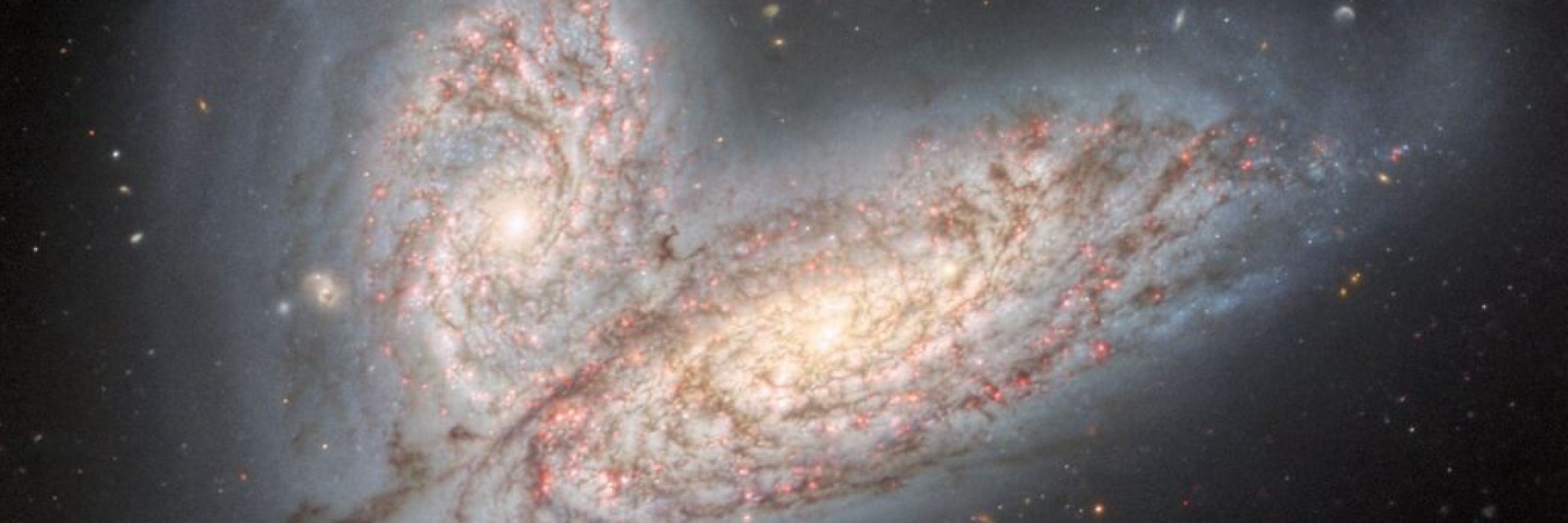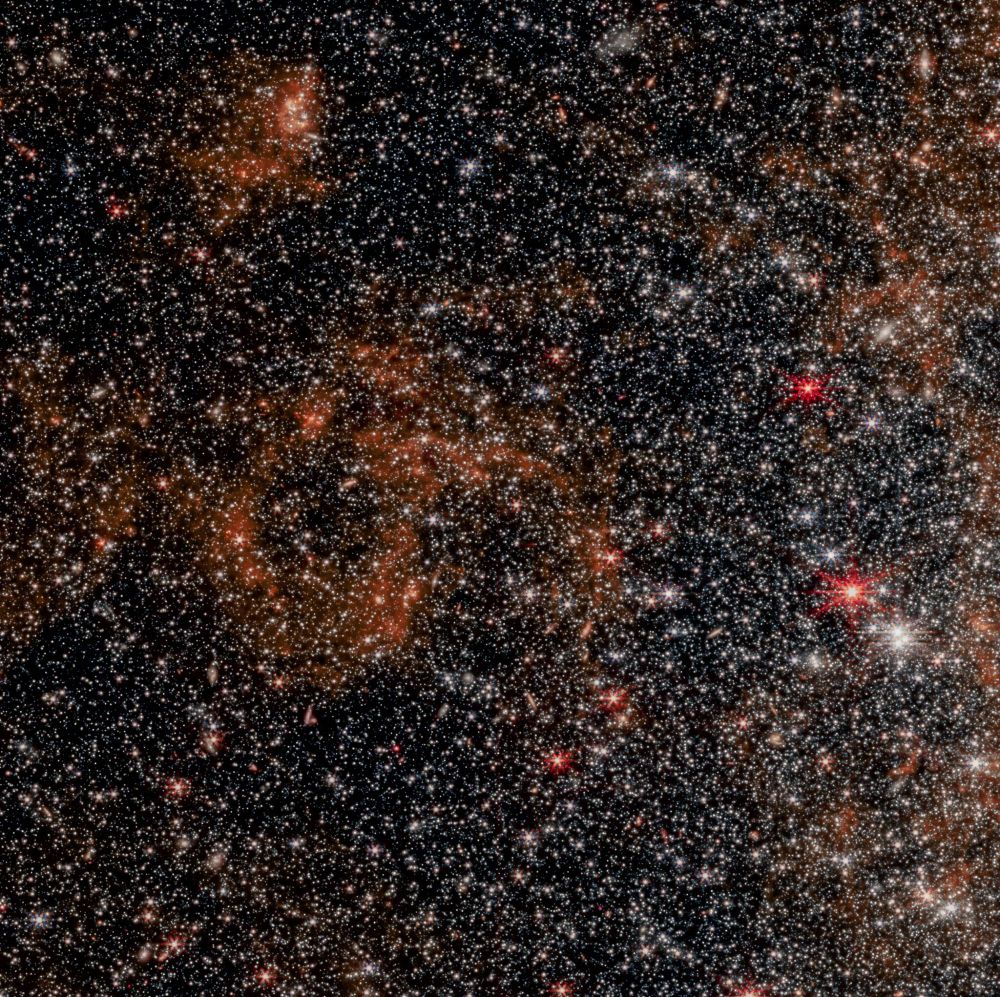
Make the content you want to see.
This Machine Kills Fascists
🫀@gabby-about-nature.bsky.social
Tiger beetle
Ellipsoptera hirtilabris
Coleoptera: Cicindelidae
By Peter Kann, Virginia, USA
#arthropodPOTW

Tiger beetle
Ellipsoptera hirtilabris
Coleoptera: Cicindelidae
By Peter Kann, Virginia, USA
#arthropodPOTW
Classification Wolf-Rayet Star
Image credit NASA/ESA Hubble
Constellation Sagitta
Distance 21,000 light years
Discovered in 1938 by Paul W. Merrill
The star is surrounded by a nebula of expelled hydrogen and one of the fastest run away stars known with a radial velocity of about 200km/s.

Classification Wolf-Rayet Star
Image credit NASA/ESA Hubble
Constellation Sagitta
Distance 21,000 light years
Discovered in 1938 by Paul W. Merrill
The star is surrounded by a nebula of expelled hydrogen and one of the fastest run away stars known with a radial velocity of about 200km/s.
It is at redshift 0.82 (lookback time 7.14 billion years) with coordinates (149.63396, 2.38984).
49 volunteers classified this galaxy in Galaxy Zoo: Hubble.

It is at redshift 0.82 (lookback time 7.14 billion years) with coordinates (149.63396, 2.38984).
49 volunteers classified this galaxy in Galaxy Zoo: Hubble.
It is at redshift 0.77 (lookback time 6.89 billion years) with coordinates (52.85929, -27.69877).
107 volunteers classified this galaxy in Galaxy Zoo: Hubble.

It is at redshift 0.77 (lookback time 6.89 billion years) with coordinates (52.85929, -27.69877).
107 volunteers classified this galaxy in Galaxy Zoo: Hubble.


This produces stunning images..
(Credit: NASA, ESA, CXC)

This produces stunning images..
(Credit: NASA, ESA, CXC)
It is at redshift 0.028 (lookback time 397.0 million years) with coordinates (233.46555, 11.01071).
41 volunteers classified this galaxy in Galaxy Zoo 2.

It is at redshift 0.028 (lookback time 397.0 million years) with coordinates (233.46555, 11.01071).
41 volunteers classified this galaxy in Galaxy Zoo 2.

It is at redshift 0.018 (lookback time 257.3 million years) with coordinates (209.44846, 7.39628).
43 volunteers classified this galaxy in Galaxy Zoo 2.

It is at redshift 0.018 (lookback time 257.3 million years) with coordinates (209.44846, 7.39628).
43 volunteers classified this galaxy in Galaxy Zoo 2.
1st image credit Mark Garlick
2nd image credit NASA/JPL-Caltech/T. Pyle SSC
3rd image credit NASA
Distance 160 light years
Constellation Crater
HD 98800 is a quadruple star system with a planet forming ring within the intersection of the orbit of two binary systems.



1st image credit Mark Garlick
2nd image credit NASA/JPL-Caltech/T. Pyle SSC
3rd image credit NASA
Distance 160 light years
Constellation Crater
HD 98800 is a quadruple star system with a planet forming ring within the intersection of the orbit of two binary systems.
(Credit: NASA, ESA, and the Hubble Heritage Team, STScI/AURA)

(Credit: NASA, ESA, and the Hubble Heritage Team, STScI/AURA)





A beautiful film by Wolfgang Petersen, watch it if you missed it.

A beautiful film by Wolfgang Petersen, watch it if you missed it.
It is at redshift 0.018 (lookback time 257.3 million years) with coordinates (153.01524, 23.08544).
38 volunteers classified this galaxy in Galaxy Zoo 2.

It is at redshift 0.018 (lookback time 257.3 million years) with coordinates (153.01524, 23.08544).
38 volunteers classified this galaxy in Galaxy Zoo 2.

What if Immense and Unknowable entities reached down and Touched us? Rearranged our cities, and moved our world(s)?
!¡Be Not Afraid¡!
As always this is a work in progress, all content is free!
www.patreon.com/posts/what-i...

What if Immense and Unknowable entities reached down and Touched us? Rearranged our cities, and moved our world(s)?
!¡Be Not Afraid¡!
As always this is a work in progress, all content is free!
www.patreon.com/posts/what-i...
WEIRDE
BOOKES
WEIRDE
BOOKES


